Main Streets Matter: Rebuilding Pride, Connection and Belonging
Main Streets Matter: Rebuilding Pride, Connection and Belonging
Creating Places to Belong: The Power of Regional Main Streets
All great places are memorable. They’re the ones you never want to leave and can’t wait to return to.
When we think about what makes a place special, it’s rarely just the buildings, streets or landscaping. What truly makes a place great is the way it feels. The human experience of a place.

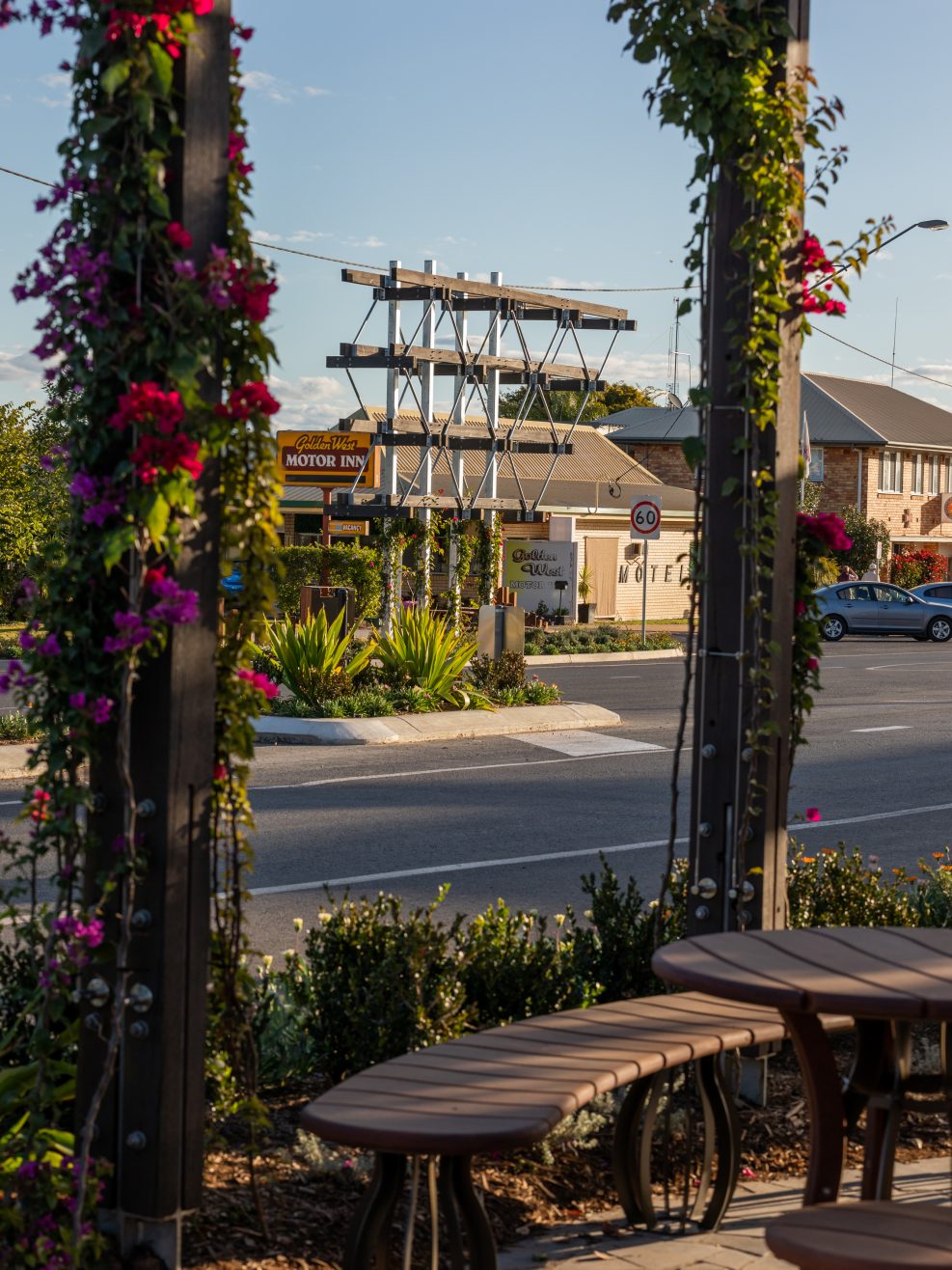
Why People Matter Most
Social connection is a fundamental human need. The bonds we form with family, friends, and our community are tied to happiness, security, and a sense of belonging.
For generations, our local main streets have been the backdrop for these connections. They are places of shared memory, where neighbours meet, where small businesses thrive, and where community pride is on display. In many ways, our main streets are the cultural, social, and economic heart of regional towns.
The Challenge We Face
Yet across Australia, these regional hearts are waning. While our suburbs are growing, our traditional main streets and town centres are in decline. The signs are clear:
- Fewer people are walking the street
- Underutilised public spaces
- Struggling local traders
- Empty shopfronts
- Tenancy mixes that don’t quite fit
These trends discourage private investment and leave both locals and visitors with little reason to visit and linger.
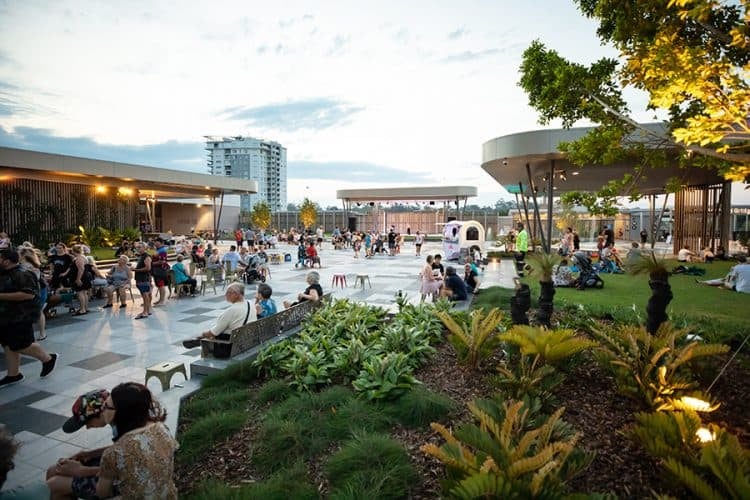
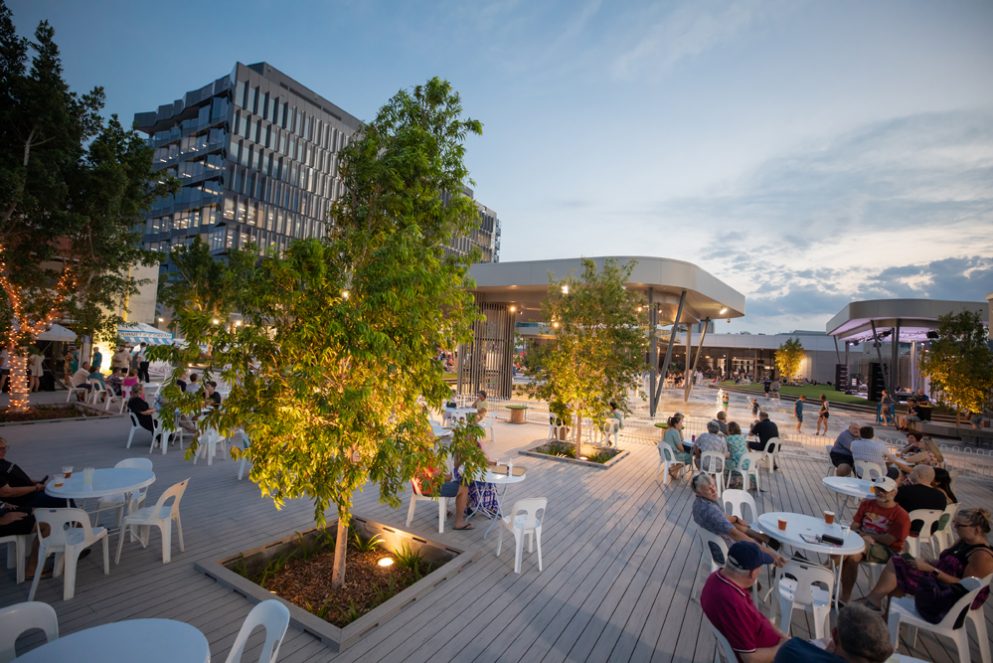
Where We’ve Gone Wrong
Too often, the response to a declining Urban Centre or Main Street has been to throw money at physical upgrades, big capital projects, “starchitecture,” or shiny new streetscapes. While good design is non-negotiable, focusing only on the built environment misses the bigger picture.
A revitalised place isn’t created by design alone. It’s created by designing for people. It’s time to take a different approach.
Rebuilding Social Capital
Our public spaces in our cities and towns have always contributed to the quality of our lives. A large part of our social and economic life occurs in our public streets, squares and gathering spaces. This places people at the centre of any great town. Creating great spaces and specifically great “Main Streets” for people to come, to meet, to live, to share, is at the core of what makes great regional towns work.
Our local Main Streets tell us who we are and how the past has shaped us. They are the places of shared memory where people still come together to meet and support local small businesses.
Our Main Streets reflect our local image, our community pride, and our economic prosperity; they are the cultural, social and economic heart of our Regional Towns.
The Power of the Third Place
When we shop, we want convenience. When we want more than that, we seek a place to connect with family, friends, and the community. Sociologists call these vital community spaces “third places”. The places we go that are not home and not work, but where we feel a sense of belonging.
When done well, these places:
- Build social capital
- Promote inclusivity and belonging
- Celebrate local creativity and identity
- Encourage people to linger and connect
- Drive local economies and attract visitors
Great main streets are rich with these layered experiences. They are safe, welcoming, and vibrant.
A Place-Led Approach
Revitalising regional centres requires more than infrastructure, it requires people-led solutions. A place-led approach brings the community into the process, testing and trialling ideas, building trust, and creating spaces that reflect local identity.
This balance of physical and social infrastructure nurtures a creative ecosystem. One where businesses, artists, residents, and councils collaborate to co-create lasting change.
Alongside Fourfold Studio, we’ve developed a unique place-led approach that focuses on legacy-building revitalisation.
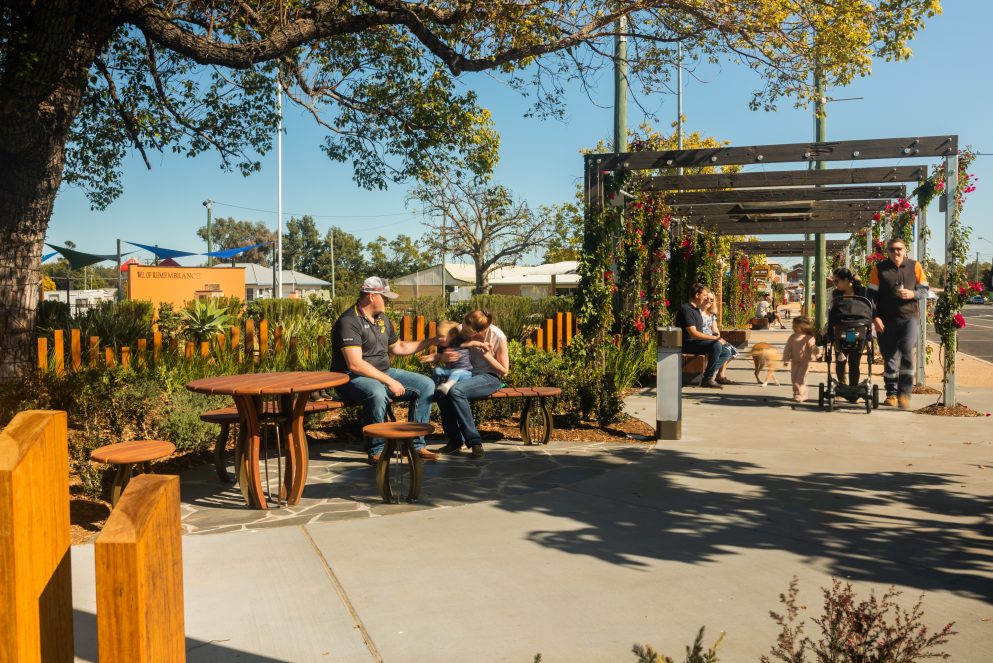
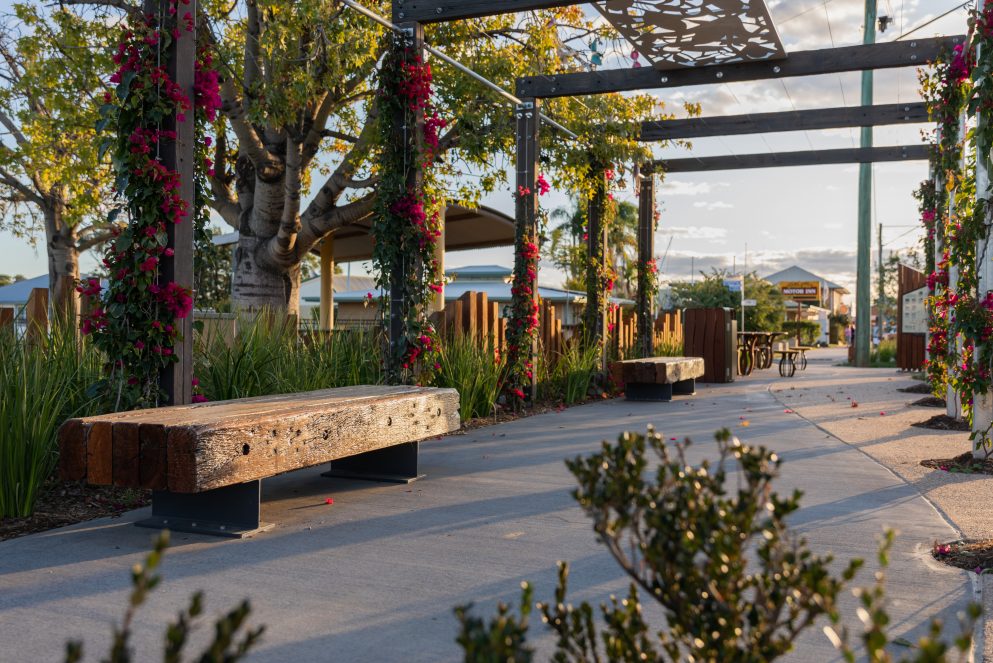
Why Now Matters
The renewed focus on domestic tourism presents a huge opportunity for regional towns. Visitors are seeking authentic, cultural, and memorable experiences, exactly what our towns can offer when we nurture their unique character.
By working closely with communities to test and refine ideas, we can create places that not only attract visitors but also rebuild pride and prosperity for locals. Importantly, this approach provides real data and local insights to give councils and developers the confidence to invest.
With State and Federal Governments prioritising regional investment and providing funding support, the moment for action is now.
Building the Future Together
Regional towns are more than places on a map, they are the lifeblood of our national story. By revitalising our main streets and public spaces through a place-led, community-driven approach, we can restore their role as the vibrant hearts of our towns.
The opportunity is here. The need is urgent. And the reward is a stronger, prouder, more connected regional Australia.

